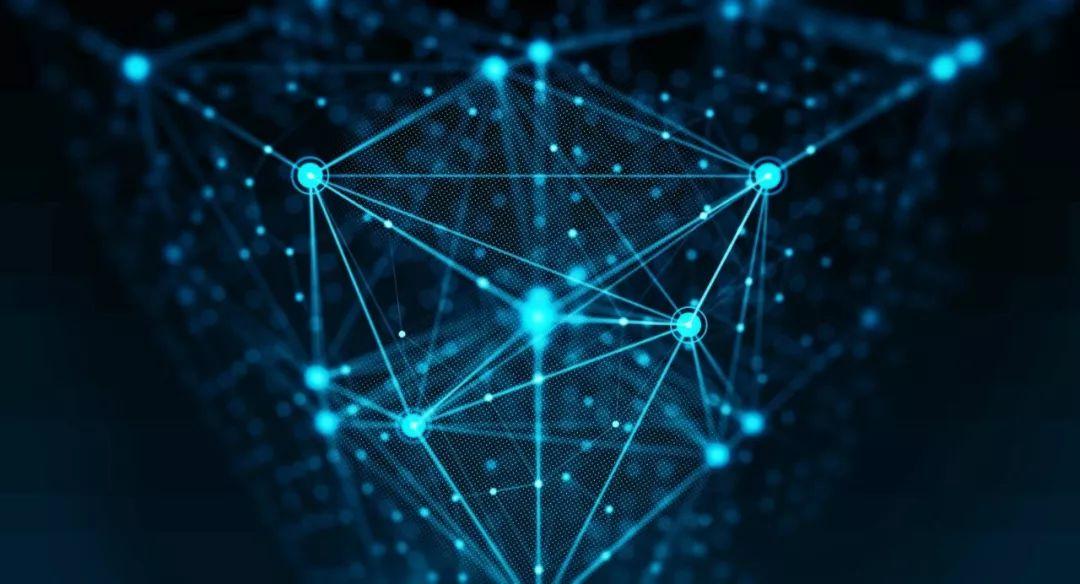Dialogue DNFT: Cross-chain will become a booster for NFT ecosystem construction

As infrastructure gradually improves and DeFi applications flourish, the crypto world is full of expectations for Web3.0. However, the construction of Web3.0 requires a variety of infrastructures and ecological applications. Polkadot, with Web3.0 as its ultimate vision, and its ecosystem have always attracted attention. This time, Chain Catcher invited the CEO of DNFT, a decentralized cross-chain NFT infrastructure of Polkadot, to discuss topics such as NFT development trends and the progress of NFT cross-chain, hoping to inspire you.
Currently, DNFT has received official grants from Web3.0, Heco, BSC, Filecoin, etc., with the goal of achieving cross-platform monetization of data assets.
Chain Catcher: Please introduce DNFT.
Jason: The DNFT protocol is a decentralized cross-chain NFT asset management protocol. This protocol mainly includes core modules such as cross-chain management of NFT assets, NFT Marketplace, Data-model as an NFT (DAAN), and NFT games. It also integrates NFT asset management, NFT storage tax system, NFT recovery mechanism, and DAO governance.
The DNFT team has received the 9th wave of funding from the Web3 Foundation, as well as other official funding from BSC and the Filecoin hackathon.
Chain Catcher: Why promote NFT cross-chain, and where is the market demand?
Jason: In fact, cross-chain for ordinary FT assets and NFT assets is somewhat different. Let's first look at FT asset cross-chain; the main issue it addresses is breaking the information silo of single chains. Multi-chain information interaction can tightly connect the entire blockchain ecosystem, while the scarcity of NFT assets makes NFT cross-chain more meaningful. For example, the reuse of game NFT assets (similar to virtual world assets, game assets, digital artworks, etc.) will lead to more gameplay and ecological integration. The emergence of DNFT will promote inter-chain NFT ecological communication, and meeting this huge user demand is precisely the embodiment of DNFT's value.
Chain Catcher: Many DeFi asset cross-chain products have been launched, but their development status is not impressive. Why does this happen? How can NFT cross-chain change this situation?
Jason: The essence of NFT is actually a data stream, which can be understood as an open carrier, and the content can take various forms such as images, videos, and audio. NFTs have frequently broken into new circles recently, mainly because NFTs are more easily combined with other IPs in terms of form. The introduction of IP will create more added value for NFTs, thereby flourishing the NFT market and attracting more IPs to enter, resulting in positive feedback for the industry ecosystem and accelerating the development of NFTs.
Chain Catcher: There are different minting protocols and trading protocols for NFTs. How does DNFT's cross-chain protocol achieve good compatibility?
Jason: The cross-chain technology for on-chain assets is rapidly developing. Polkadot is committed to building a blockchain ecosystem that interconnects all chains, and DNFT is a decentralized NFT asset network developed based on Polkadot's substrate framework. We will provide cross-chain NFT asset management services for users through this framework.
The high compatibility and iterability of the Polkadot network break down the information barriers between blockchains and make cross-chain asset transfer possible. DNFT, focusing on NFT cross-chain, will provide more diverse possibilities for the entire NFT market.
Chain Catcher: How is the token economic model of DNFT designed? What is the core value of the token?
Jason: As a parallel chain of Polkadot, the value of the platform token DNF is worth exploring. First, DNF is the gas fee settlement token for the DNFT network; secondly, it serves as the governance token for DNFT DAO, allowing users who hold it to participate in the construction of the DNFT ecosystem. Holding DNF also allows users to receive airdrops of KNF (DNF in Kusama) and enjoy tax discounts on NFT storage taxes and cross-chain asset fees.
In addition, due to gas fee consumption and further burning mechanisms, DNF is a deflationary token.
Chain Catcher: The NFT market has shown a noticeable decline in heat over the past few months. What do you think are the reasons for this? How should ordinary users participate in the NFT market now?
Jason: The NFT market has gone through its initial explosive growth phase and is now gradually entering a cooling period. During this stage, users are beginning to develop a deeper understanding of NFTs.
At the same time, products that do not address pain points and projects that cannot create real value will gradually be eliminated by the market. This will prompt project parties to reassess the deep competitiveness of their products, which is a necessary stage in the development process of every industry and also a challenge for project parties, motivating practitioners to create better products.
For ordinary users, the key at this stage is to understand more industry-related knowledge to avoid blind investment. Paying attention to some truly valuable NFT projects will minimize the investment risks for users.
Chain Catcher: In addition to applications in art and gaming, NFTs also have functions such as interaction with DeFi synthetic assets. What new gameplay do you think will emerge in the future development of NFTs?
Jason: NFTs (non-fungible assets) exist as indivisible entities. Their uniqueness aligns more closely with the characteristics of scarce assets, such as crypto game items and crypto artworks.
Of course, NFTs can also serve as certificates connecting real-world indivisible assets, such as property certificates, various ticketing certificates, various game item certificates, and various artwork certificates, mapping physical assets onto the blockchain network.
The DNFT product includes a data module that allows users to upload data and AI models and turn them into NFTs. This is a brand new attempt, as DNFT combines machine learning models with blockchain NFTs, allowing data and AI models to circulate more widely. Our team has won the Web3 Foundation's grant precisely because of this bold innovation.
Chain Catcher: With the arrival of the NFT asset cross-chain era, what impact do you think this will have on the NFT market?
Jason: Cross-chain will undoubtedly become a booster for NFT ecological construction. As a basic infrastructure of blockchain, cross-chain technology mainly achieves information communication and asset transfer between chains. For NFTs, there are not many truly mature products in NFT mortgage lending, auctions, and trading markets. The emergence of a cross-chain asset management product for NFTs is key to solving this problem.
Chain Catcher: What important development trends do you think the NFT market will have next? What important actions will DNFT take?
Jason: Personally, I believe the current market situation mainly focuses on crypto artworks, collectibles, and gaming, and this will not easily change in the short term. The key is to see how much value is injected into a particular sub-field of NFTs; sub-fields with more injected value will be more influential in the future.
Value injection can have three directions:
First: Injecting value for brands, which means connecting NFT products with real products and transferring brand value onto the chain, such as launching related NFT products in collaboration with some larger IPs to attract more attention from various groups.
Second: Injecting value for liquidity, which has been proven effective in the blockchain industry, such as liquidity mining in centralized and decentralized exchanges, activating the liquidity of the entire market.
Third: Allowing users to inject value into NFT products. When users spend a lot of money and time on NFT products (such as NFT games or NFT mining), these products will have potential labor value and capital value, which can easily trigger market booms.
DNFT has layouts in several different sub-tracks of NFTs. First, we will issue ecological grants for well-known digital artworks and collectibles-related IPs, which will attract them to our platform. Meanwhile, the official NFT game development of DNFT is also underway. DNFT will create a rich NFT ecosystem with popular IPs and games.










